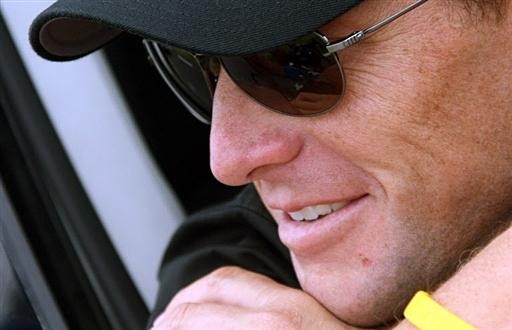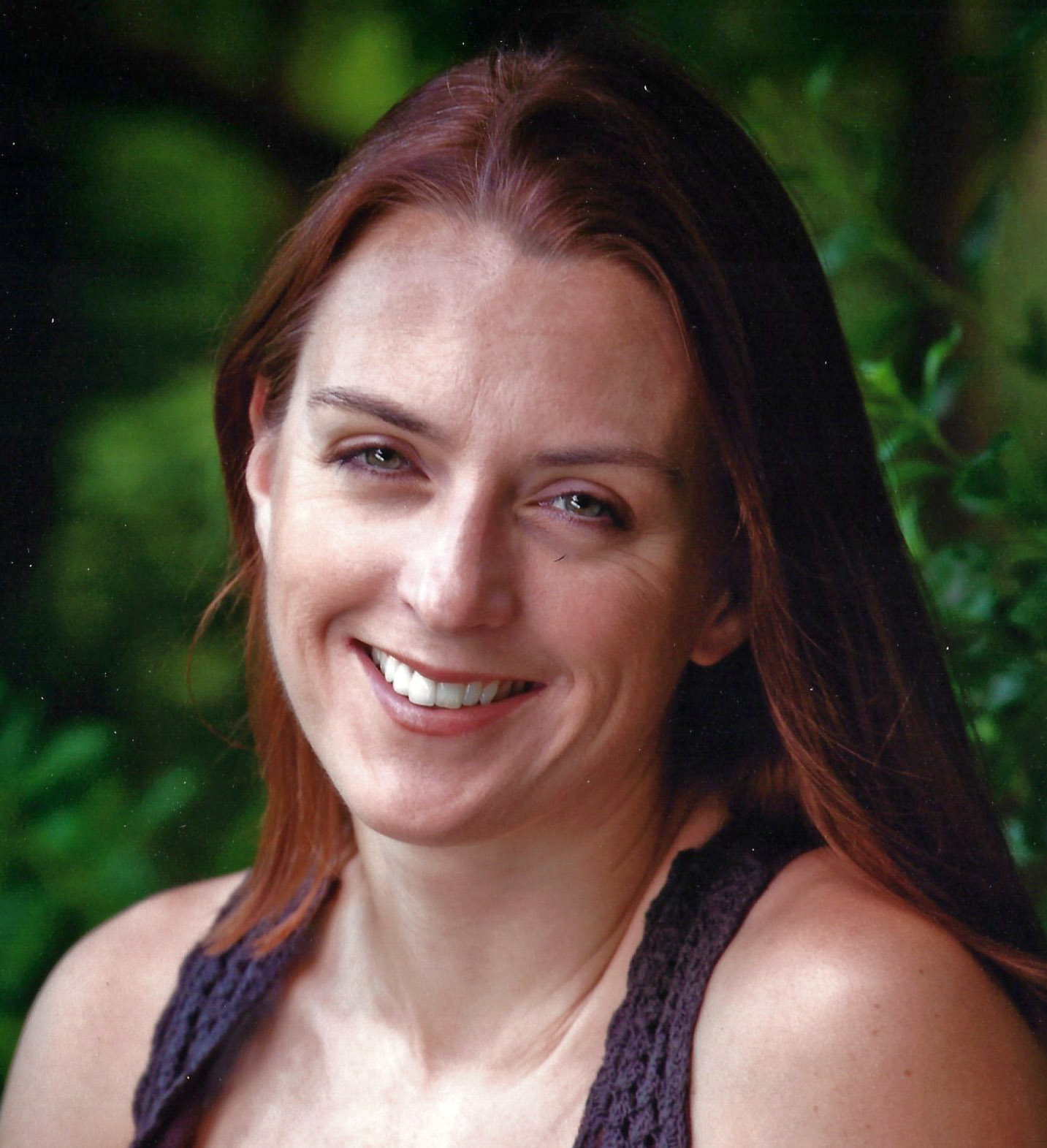Armstrong return puts science in the crosshairs
Argument over physiology divides researchers

In an extraordinary coincidence of timing, a debate surrounding a scientific paper on Lance Armstrong's transformation from one-day racer to Tour de France champion has erupted in the same week the seven-time Tour winner announced his return to the sport. The argument, which was played out in the pages of the Journal of Applied Physiology, re-ignites the debate over whether Armstrong made his leap to fame through post-cancer weight loss and more efficient pedaling, or if he made his gains through doping.
On one side is University of Texas researcher Edward F. Coyle, who authored the 2005 article, "Improved muscular efficiency displayed as Tour de France champion matures." On the other is physiologist Michael Ashenden: together with Christopher Gore, Ken Sharpe and David Martin, the Australian has questioned the fundamental argument of Coyle's paper, that Armstrong made gains in efficiency from 1993, the year he became World Champion, to 1999, when he took his first Tour de France victory.
In between the two dates, Armstrong suffered from near-fatal testicular cancer, went through surgery and months of chemotherapy, and then made a comeback to the sport that inspired cancer victims worldwide. Throughout his seven Tour de France victories, Armstrong fought off allegations of doping. Coyle's research was widely cited by the press, television commentators and by fans as proof that Armstrong achieved his Tour victories clean.
The lines of scientific discourse have been blurred by the fact that both sides of the argument had crossed paths over Armstrong in a lawsuit by SCA Promotions, the underwriter of a $5 million bonus for Armstrong's sixth Tour victory. SCA Promotions refused to pay the bonus after his 2004 victory until it could be proven that allegations in David Walsh and Pierre Ballaster's book L.A. Confidentiel of performance-enhancing drug use by Armstrong were false. When Armstrong sued the company for payment, Ed Coyle testified for Armstrong, while Ashenden appeared for SCA Promotions.
According to the New York Times, Ashenden spearheaded the revisit of Coyle's data to set the scientific record straight on what he felt were inconsistencies in the data. He said they were "concerned, on a scientific level, that Coyle had been able to perpetuate this myth that cycling efficiency changes." He and two researchers from the Australian Institute of Sport questioned Coyle's conclusions enough to level charges of scientific misconduct to the University of Texas.
The university did not find evidence of misconduct but allowed the Australians to review all of Coyle's data from the beginning of the study in 1993. The results of their analysis were published as a letter in the Journal of Applied Physiology, together with a rebuttal from Coyle which acknowledges a minor error, but defends the conclusions of the original article.
'Mountains out of molehills'
The latest race content, interviews, features, reviews and expert buying guides, direct to your inbox!
Dr. Andrew Coggan, who earned his Ph.D. under Coyle in 1986, underscored the seriousness of Ashenden's charges of scientific misconduct. "While all such complaints must be taken seriously, I think that it is absolutely clear that this was just his (Ashenden's) way of trying to make Coyle's life miserable," Coggan told Cyclingnews. "If substantiated, in the US charges of academic misconduct can lead to not only significant fines but also prison time."
The Australians questioned the method Coyle used to calculate "delta efficiency" - the increased oxygen intake necessary for the muscles to put out power at increasing levels. They argued that with the proper calculations, they had demonstrated that Armstrong was no more efficient in 1999 than he was in 1993 (23.12% in 1999 vs. 23.55% in 1993).
But Coggan said the letter by Gore, et al. was "making a mountain out of a molehill" by raising such serious charges over a minor technical point. Coyle, in his rebuttal, noted that the Australians had recalculated Armstrong's 1993 data but had failed to do the same for the 1999 value. "Gore et al. should also realize that their recalculations of delta efficiency using one selective method for 1993 and another for 1999 is questionable, for obvious reasons, as well as being potentially biased," Coyle wrote in his rebuttal.
However, the Australian researchers insist that the entire data set is invalid, because all of the data except that from the first trial in 1993 has been lost and were unavailable for analysis. "The magnitude of this error warrants recalculation of the entire data set, but raw data from the remaining test sessions are not available from the author," the Gore et. al. wrote.
There are those who will argue that the transformation Armstrong made from burly one-day race winner to lithe Grand Tour champion could only have been achieved through doping, but Coggan said that trying to make an argument either way using the measure of muscular efficiency is ridiculous. "There is no way to make definitive conclusions one way or another," he said.
Efficiency gains could certainly have contributed to Armstrong's meteoric rise, Coggan agreed, but said that the 2005 paper should not be viewed as a defence of Armstrong against doping allegations. "Ed had Armstrong's data, and he analysed it as a case study. In some regards, scientific papers are merely a way for scientists to communicate their ideas to one another, and it's only because of the subject of the study that it so captured the attention of the rest of the world."

Laura Weislo has been with Cyclingnews since 2006 after making a switch from a career in science. As Managing Editor, she coordinates coverage for North American events and global news. As former elite-level road racer who dabbled in cyclo-cross and track, Laura has a passion for all three disciplines. When not working she likes to go camping and explore lesser traveled roads, paths and gravel tracks. Laura specialises in covering doping, anti-doping, UCI governance and performing data analysis.